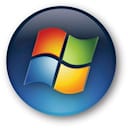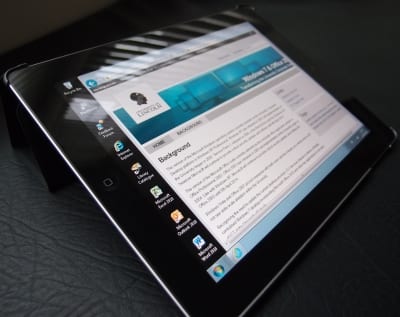 Here is a brief summary of the work completed so far on the Windows 7 & Office 2010 project.
Here is a brief summary of the work completed so far on the Windows 7 & Office 2010 project.
In February 2011, ICT Services selected Centralis as a consultancy partner to help us work through the many design and technology choices and develop our desktop transformation strategy.
In April, a number of interviews and workshops were held to identify the requirements of particular stakeholders. These requirements were analysed and used to develop an initial high-level design and budgetary report.
The report, which gave recommendations as to possible technology solutions, was submitted to the University’s Infrastructure Committee in May. The Committee asked ICT Services to run a very small scale proof of concept which will allow us to test some of the different technologies available in various usage scenarios.
These proof of concept environments have now been built and will soon be made available to a small group of test users. We are trialling two different technology solutions; Citrix XenApp and Microsoft Remote Desktop Services. Both of which will allow you to connect to a Windows 7 & Office 2010 desktop from a variety of devices regardless of location. This includes the PC or Mac on your desk at work, your laptop, your computer at home, thin client devices and even on some mobile devices such as the iPad.
In the background we will also be trialling some other supporting technologies; AppSense Environment Manager which provides enhanced user personalisation, and Microsoft App-V which enables more agile application deployment.
The next stage of the project aims to capture the end user experience of using the proposed solutions to help inform which, if any, might be the best fit for the University.

